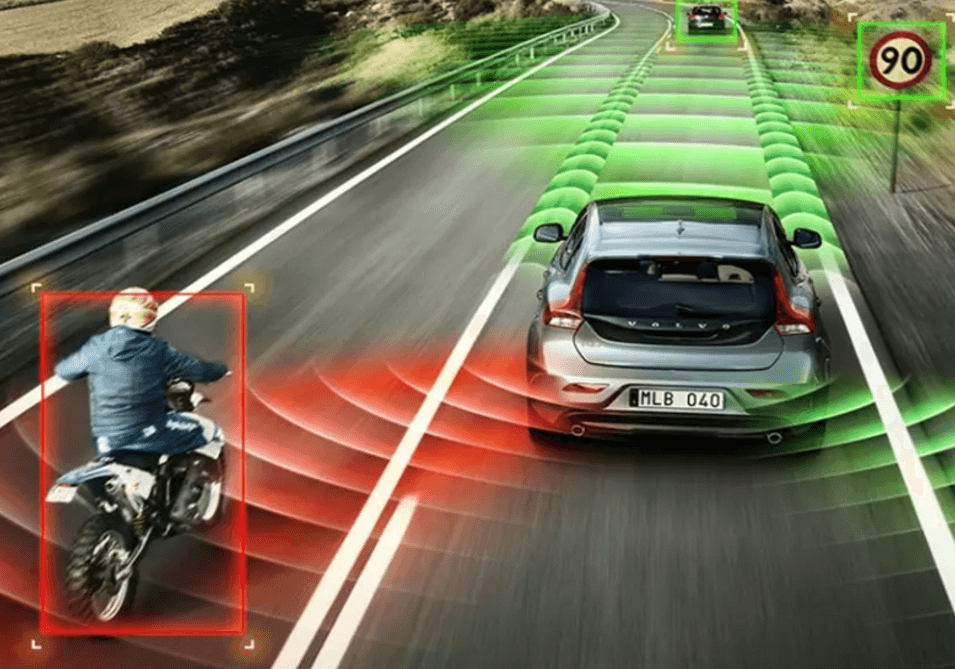Ever wondered what makes cars a safe mode of travel, given their speeds? Vehicle HQ reports that in 2017, Koenigsegg Agera RS set a car speed record when he drove at 277 miles per hour. In case you are wondering, he came out of it alive.
According to the Centers for Disease Control and Prevention (CDC), over 2 million car accidents occur annually in the U.S., and roughly 42,915 people die. Of the 1,957,085 people that survived the crashes, car safety features played a role in saving their lives.
Several aspects of the technology used in the manufacturing of cars render them safe for human use. Even though we all use them, few know the behind-the-scenes work that’s gone into many of the safety features we love and enjoy in our cars. Here are a few of them.
1. Smart Airbags
Airbags are intuitive and can sense the passenger’s sitting position, weight, and collision severity. With this data, the airbag understands how hard to deploy. The regular airbags, without the sensor system, did more harm than good. Many people involved in crashes complained that the airbag injured them during deployment. With the sensors, the bigger a passenger is, the faster and harder the airbag will shoot.
2. Pedestrian Detection
A favorite car safety feature is the pedestrian detection system. Over 100 car models have this feature, according to cars.com, and the jury is still out on how many accidents it’s prevented. Volvo developed the first pedestrian collision mitigation system in the United States sometime in 2010, according to Boston.com.
They put this feature in the Volvo S60 sedan under the moniker ‘pedestrian detection.’ Around that time, Subaru crafted a similar system, although initially, it was exclusively accessible in the Japanese markets.
The pedestrian detection system uses cameras and sensors to identify pedestrians near the vehicle, issue warnings to drivers, and apply emergency braking if necessary to avoid accidents. Not all pedestrian detectors work the same. Some are more accurate, and some don’t work in the dark. So developers are working to improve their functionality, especially after dark or in low visibility scenarios like fog.
3. Automatic Braking System (ABS)
Of all the fatalities in Colorado in 2019, 30% involved drunk drivers, according to the Colorado Department of Transportation. These numbers are staggering, no pun intended. In most cases, car crashes happen because of speeding.
According to AutoGrade, driving a car requires perception, judgment, swift physical reactions, and effective decision-making. However, consuming excessive alcohol disrupts coordination and impairs their function. That’s why it’s easy for a drunk driver to over speed.
Although automatic braking has been around for over four decades, developers have been upgrading them to make them safer and more intuitive. Now, they’re so in tune with how you’re driving, where you’re driving, and what cars are close to you. They also coordinate with other sensors to give you the safest driving experience.
4. Vehicle-to-Vehicle (V2V) Communication
The V2V technology is fascinating; you can call it groundbreaking. It enables vehicles to communicate with each other and to share helpful information like speed and direction. When drivers have this real-time information about each other, it’s possible to calculate driving risks more accurately and prevent accidents.
V2V communication is part of a broader Vehicle-to-Everything (V2X) communication concept. The plan is to have cars communicate with literally everything. From buildings to traffic lights to cyclists and more, all geared at promoting a safer driving environment.
Although it’s a new technology, large auto corporations have gradually adopted it. For instance, General Motors has rolled out this feature in their Cadillac models.
It’s important to mention that some of the challenges the V2V concept faces are data privacy, cybersecurity, and interoperability between different vehicle brands and models. Until the developers sort these issues out, V2V will stay in the proof of concept for a while.
Car safety has come a long way since the 1950s when Volvo released the first 3-point seatbelt. There have been many trial-and-error moments and accidents because of the safety feature malfunctions. For example, around 5,300 electrical fires occur annually, according to Electrical Safety Foundation International. These fires notwithstanding, with the improved systems and safety features in modern vehicles, things in this business can only get better from here!
